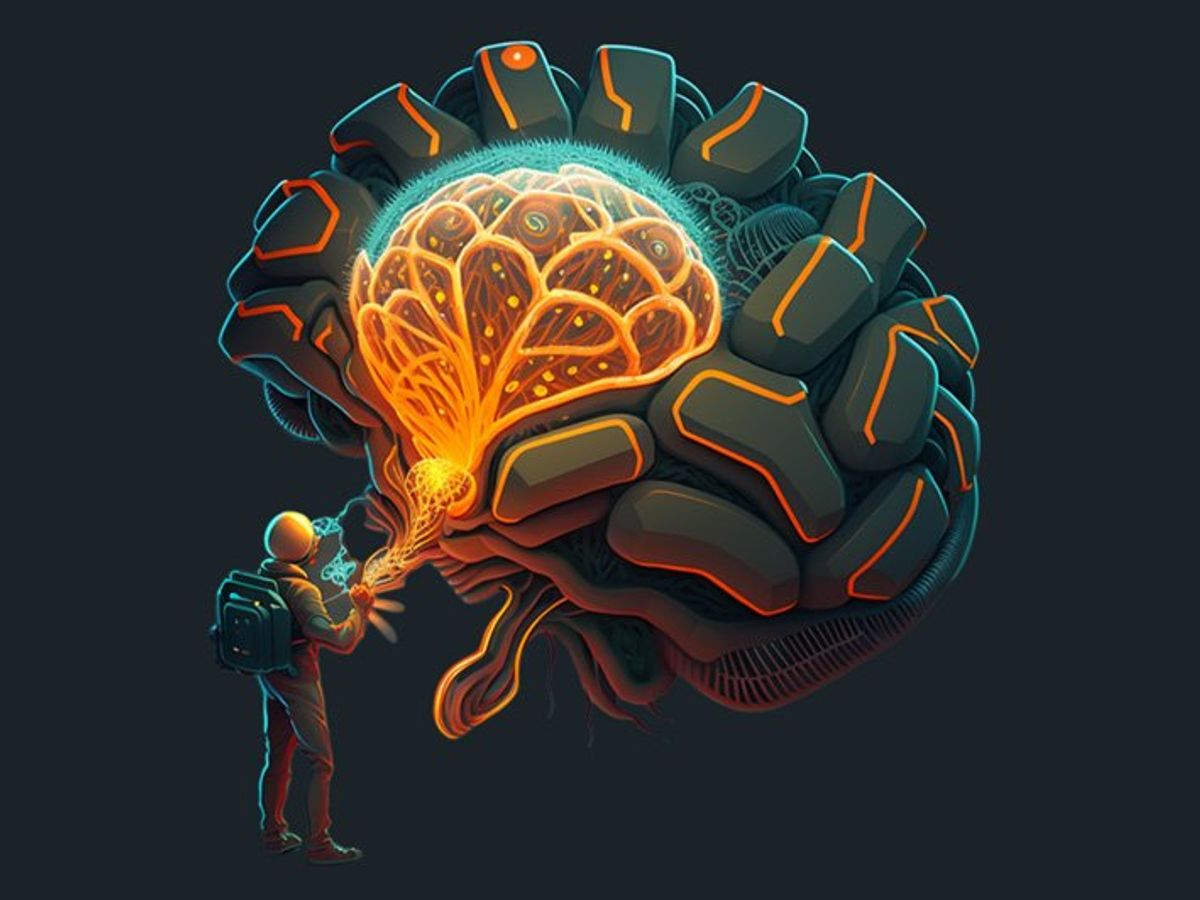A new method of treating brain cancer could use magnetism to destroy cancer cells from the inside, according to a study published in March in Science Advances.
The method, which the researchers call mechanical nanosurgery, could provide a much-needed new treatment option for patients with glioblastoma, a terminal form of brain cancer. The new method uses iron-filled carbon nanotubes injected directly into tumors. When researchers apply a magnetic field, the nanotubes spin, damaging cancer cells and causing some to self-destruct. The method is still in the early stages of development, but it could one day offer a new treatment for a disease with no major advance in treatment for nearly two decades and that invariably develops resistance to chemotherapy treatments.
“If we do physical damage…to cancer cells, they probably are less likely to develop resistance,” said Yu Sun, a professor of mechanical and industrial engineering at the University of Toronto and the study’s senior author. Sun is also an IEEE Fellow and the editor in chief of IEEE Transactions on Automation Science and Engineering.
The researchers started by culturing cancer cells with iron-filled carbon nanotubes. In this early test, they found their concept worked well: Applying a magnetic field caused the nanotubes to spin when researchers applied an external rotating magnetic field, damaging structures in the cell and in many cases causing it to initiate the process of apoptosis, or programmed cell death.
Researchers went on to test their technology in mice who had brain cancer, designed to mimic glioblastoma in humans. Injecting the nanotubes into tumors isn’t exact enough by itself, said Sun, since not all cells that make up tumors are cancerous. To solve this problem, researchers added an antibody coating to the nanotubes that would target the protein CD44, which tends to be overexpressed in glioblastoma cells. Adding the antibody coating means that more cancer cells, rather than healthy cells, will take in the nanotubes, in turn making the nanotubes less likely to damage healthy tissue.
The method seemed to work. In most mice, survival increased by several days, which Sun said is very significant for a mouse with a typical life-span of one or maybe a few years. Mice who received both the magnetic field treatment and the protein-targeting antibody coating survived significantly longer than either mice who didn’t get the magnetic field treatment or in cases where the nanotubes did not have an antibody coating.
“In certain cases…the tumors in the mice actually disappear; you can barely see anything,” said Sun, though he added that those cases were rare.
The researchers also showed that how well the treatment worked wasn’t affected by whether the cancer was resistant to chemotherapy.
The study has several limitations, including that it was done on human cells and mice, not humans. Even with the antibody coating and a method to target the magnetic field, Sun said, the researchers still hope to further optimize the treatment, improving the antibody coating, the magnetic field control, and the overall treatment procedure.
One reason why it might be difficult to judge if this treatment could work on people is the difference in size between the head of a mouse and that of a human, said David Gracias, a professor of chemical and biomolecular engineering at Johns Hopkins University, who was not involved in the study. The magnetic field would have to be significantly stronger than the one used in the study, which could pose practical challenges and safety concerns.
When it comes to where to place the electrical coils generating the magnetic field, “it’s easier to get the coils closer to the mouse’s head” than it would be with a human, said Gracias.
Although the effect of the treatment was significant in the study, it’s not clear if there would be a notable survival benefit in people, said Julie Miller, an assistant professor of neurology as Harvard Medical School and a neuro-oncologist at Massachusetts General Hospital, who was not involved in the study.
“It’s a nice start, [but] it’s probably not going to cure the tumor,” she said.
This treatment is one of several recent approaches using mechanical stimulation to destroy cancer cells. Other research has tested methods using heat, electricity, and even sound. The FDA has also approved one wearable device, called the Optune, to treat glioblastoma. The Optune uses electric fields to interfere with cell division and slow tumor growth.
Sun said he is focused on the urgency of developing a treatment for glioblastoma and incurable cancers like it.
“I hope it doesn’t take another decade before we can [run a] clinical trial, because patients are dying,” he said.
Rebecca Sohn is a freelance science journalist. Her work has appeared in Live Science, Slate, and Popular Science, among others. She has been an intern at STAT and at CalMatters, as well as a science fellow at Mashable.



